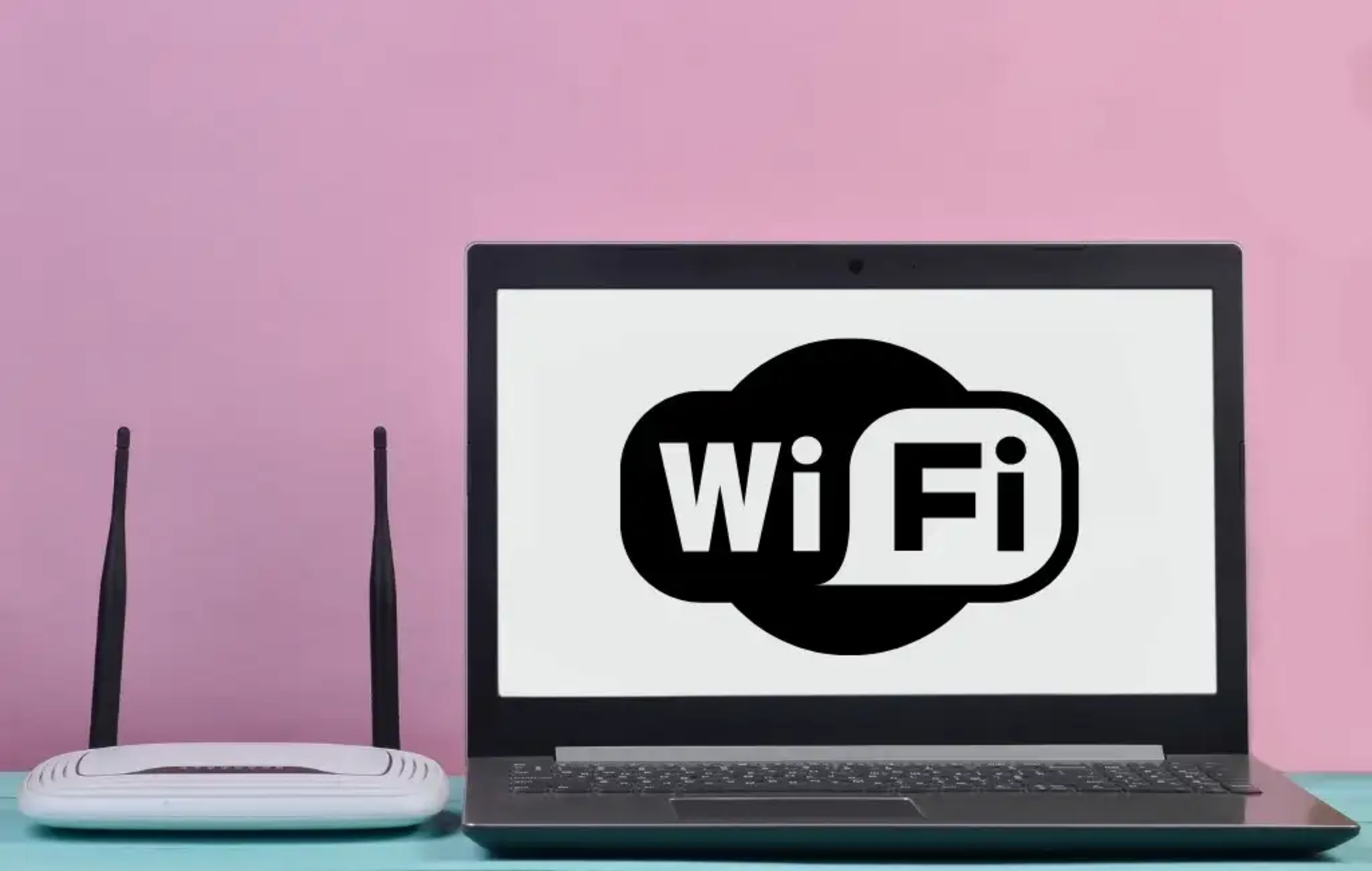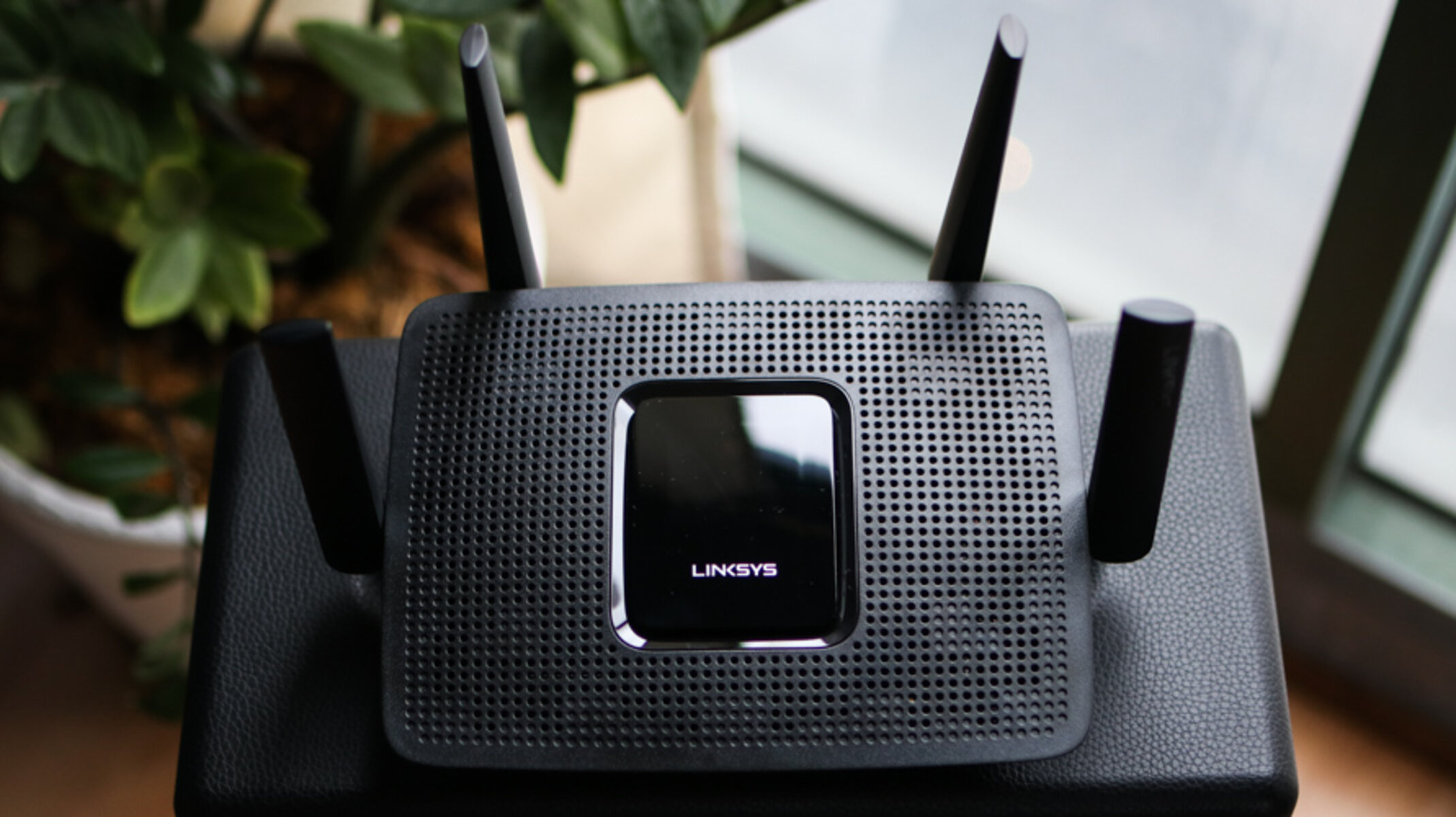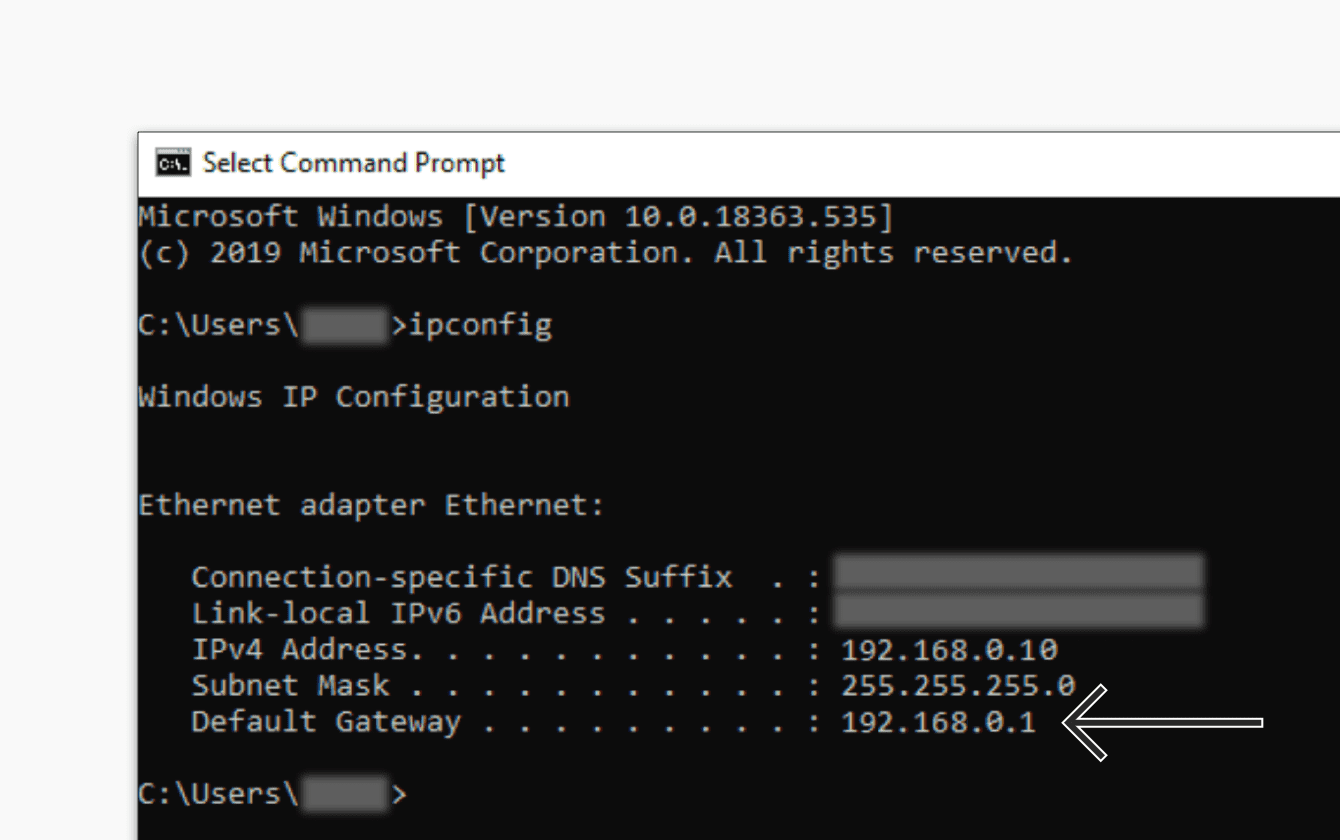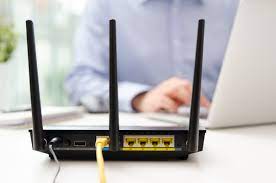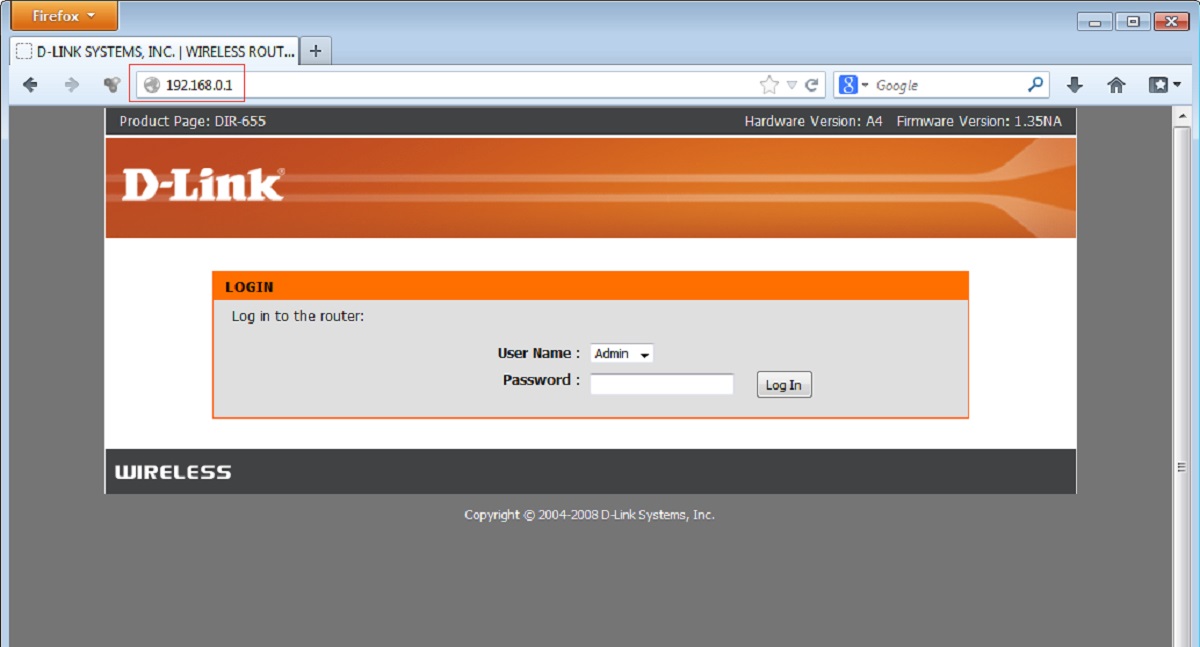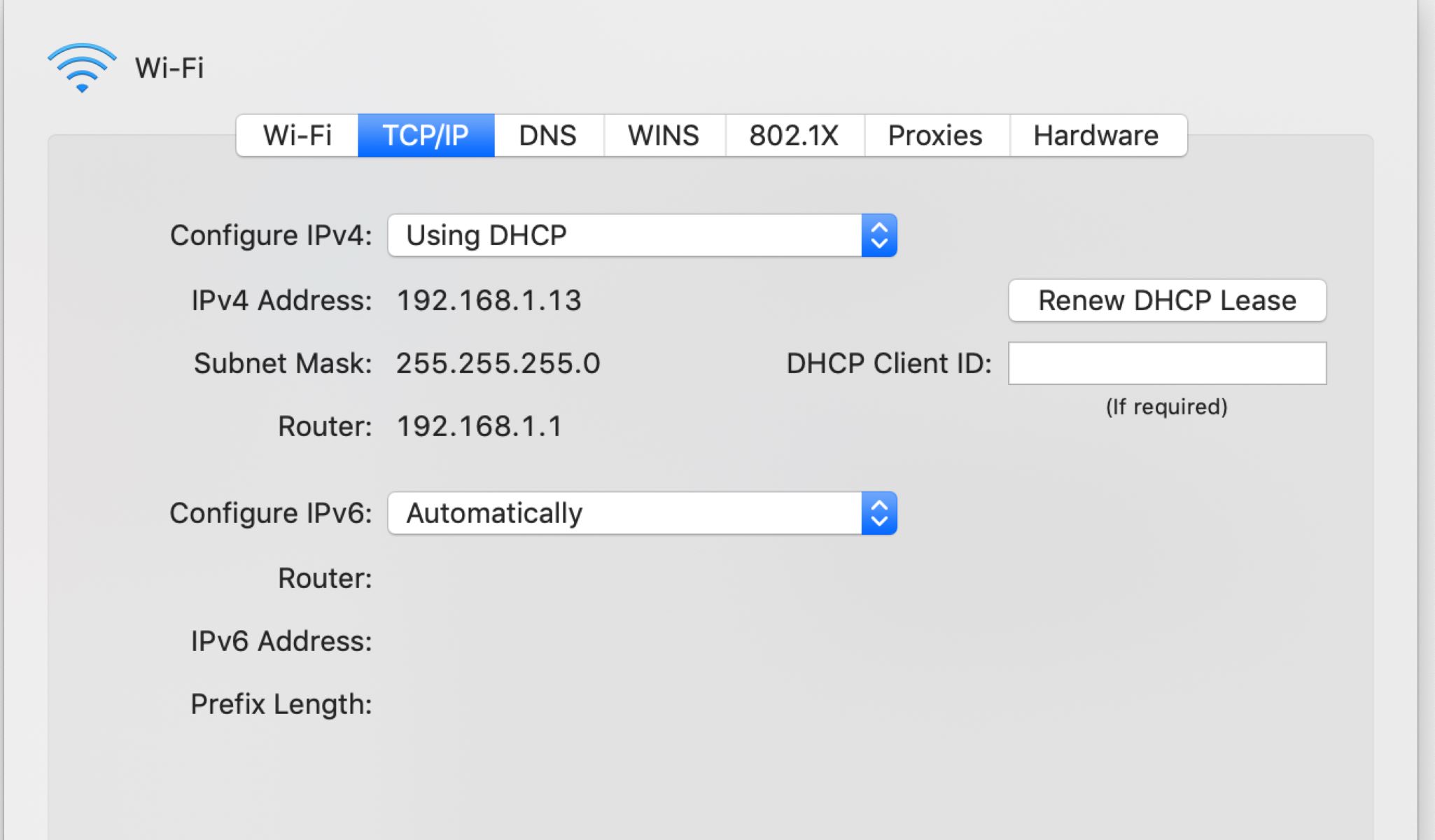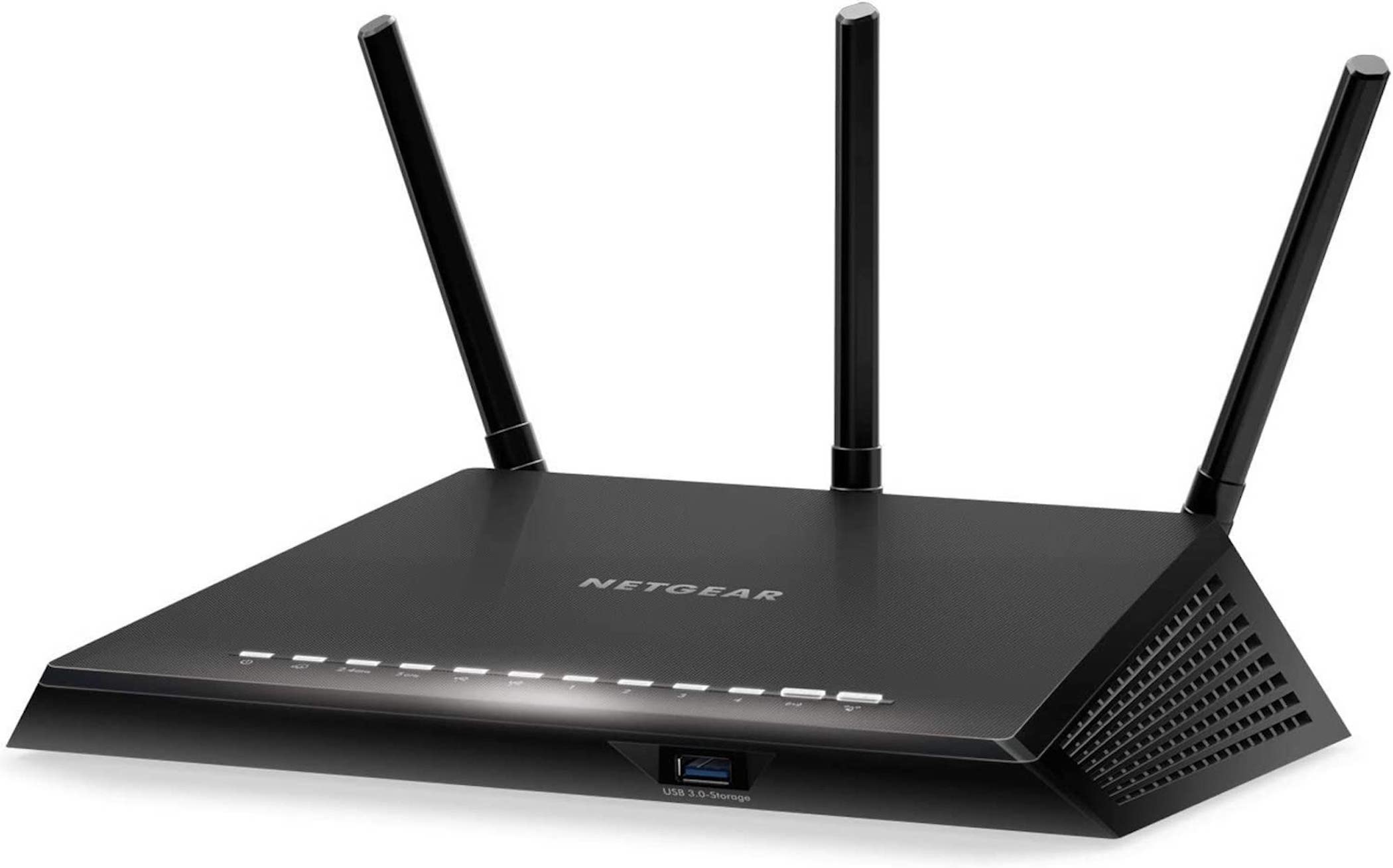Introduction
Welcome to the world of networking, where devices are interconnected through the vast web of the internet. In this digital landscape, knowing the IP address of your router is crucial for various reasons. Whether you want to configure your network settings, troubleshoot connectivity issues, or simply ensure the security of your home network, finding the IP address of your router is the first step.
An IP address, or Internet Protocol address, is a unique numerical label assigned to each device connected to a network. It serves as a way for devices to identify and communicate with each other. Just like your home has a specific address, your router has its own digital address, allowing other devices to connect to it.
There are different types of IP addresses – public and private. Public IP addresses are used to identify devices on the internet, while private IP addresses are used within a local network, such as your home network. It is the private IP address of your router that we will focus on in this guide.
So, why do you need to find the IP address of your router? Well, let’s say you want to change your Wi-Fi password, set up a port forwarding rule, or troubleshoot network issues. All of these tasks require you to access your router’s configuration settings, which can only be done by knowing its IP address.
In this article, we will guide you through the process of finding the IP address of your router on different devices and operating systems. Whether you’re using a Windows PC, a Mac, an Android device, or an iPhone/iPad, we’ve got you covered. So, let’s dive in and learn how to find the IP address of your router!
What is an IP Address?
Before we delve into how to find the IP address of your router, let’s first understand what an IP address is. As mentioned earlier, an IP address, or Internet Protocol address, is a unique numerical label assigned to each device connected to a network. It serves as a way for devices to identify and communicate with each other.
Think of an IP address as your device’s digital address in the vast world of the internet. Just like your home has a specific physical address, your device is assigned a specific IP address when it connects to a network. This address allows other devices to locate and connect to your device.
An IP address consists of a series of numbers, separated by periods. For example, it may look something like this: 192.168.1.1. Each section of the IP address represents a different level of hierarchy, with the first section identifying the network and the last section identifying the specific device within that network.
There are two types of IP addresses – public and private. Public IP addresses are assigned to devices that are directly connected to the internet. These are unique addresses that can be accessed from anywhere in the world. Public IP addresses are typically assigned by your Internet Service Provider (ISP) and are used to identify your device on the internet.
Private IP addresses, on the other hand, are used within a local network, such as your home network. These addresses are not accessible from the internet, and they are used to identify devices within the network. Private IP addresses are commonly used for computers, smartphones, tablets, smart TVs, and other devices that connect to a local network.
Understanding the concept of IP addresses is essential for managing and troubleshooting network connectivity issues. It allows you to identify devices on your network and establish communication between them. Now that you have a basic understanding of IP addresses, let’s move on to finding the IP address of your router on different devices and operating systems.
Different Types of IP Addresses
When it comes to IP addresses, there are two main types – public IP addresses and private IP addresses. Understanding the difference between these two types is important in managing and securing your network.
1. Public IP Addresses: A public IP address is a unique address assigned to your device by your Internet Service Provider (ISP). It is the address that allows devices to communicate with your device over the internet. Your public IP address is visible to other devices and websites on the internet. It is what enables you to browse the web, send and receive emails, or connect to remote servers.
Public IP addresses are typically assigned dynamically by your ISP, which means they may change over time. However, some ISPs may provide a static public IP address for an additional fee, which remains the same.
2. Private IP Addresses: Private IP addresses are used within a local network, such as your home or office network. These addresses are not accessible from the internet and are used for communication between devices within the network.
Private IP addresses are standardized and fall within specific ranges, as defined by the Internet Assigned Numbers Authority (IANA). The most commonly used private IP address range is:
- 10.0.0.0 to 10.255.255.255
- 172.16.0.0 to 172.31.255.255
- 192.168.0.0 to 192.168.255.255
These ranges ensure that private IP addresses do not conflict with public IP addresses on the internet. Each device connected to the local network is assigned a unique private IP address to enable communication within the network.
Private IP addresses serve an important role in network security. They act as a barrier between the devices on your local network and the devices on the internet, providing an extra layer of protection against unauthorized access.
Understanding the different types of IP addresses is crucial for managing and securing your network. With this knowledge, you can better navigate network configurations and troubleshoot connectivity issues. Now, let’s explore how to find the IP address of your router on various devices and operating systems.
Why Do I Need to Find the IP Address of My Router?
Knowing the IP address of your router is important for several reasons. Whether you are a tech enthusiast or a casual internet user, understanding why and when to find your router’s IP address can help you better manage and troubleshoot your network.
Here are some common scenarios where finding the IP address of your router becomes essential:
1. Network Configuration: When you want to configure your network settings, such as changing the Wi-Fi password, enabling port forwarding, or setting up parental controls, you need to access your router’s administration panel. This can only be done by entering the IP address of your router into a web browser.
2. Troubleshooting Connectivity Issues: If you are experiencing network issues or have problems connecting to the internet, knowing the IP address of your router allows you to access its settings and diagnose the problem. You can check the status of your network connection, restart the router, or update its firmware to improve performance.
3. Monitoring Network Activity: By accessing your router’s administration panel, you can monitor the devices connected to your network, view their IP addresses, and track network usage. This helps you identify any unusual or unauthorized activity on your network and take appropriate security measures.
4. Security Management: Changing the default username and password of your router is crucial for network security. By accessing the router’s IP address, you can modify these credentials to prevent unauthorized access and protect your network from potential threats.
5. Assigning Static IP Addresses: If you have specific devices on your network that require a fixed or static IP address, accessing your router’s settings allows you to configure such assignments. This ensures that the device always receives the same IP address, making it easier to manage and optimize network resources.
By finding the IP address of your router, you gain control over your network and the ability to personalize and optimize its settings according to your needs. It empowers you to troubleshoot network issues, enhance security, and improve overall network performance.
Now that we understand why finding the IP address of your router is important, let’s move on to the practical steps of how to find it on different devices and operating systems.
How to Find the IP Address of My Router on Windows
If you’re using a Windows computer, finding the IP address of your router is a relatively straightforward process. Follow the steps below to locate the IP address:
- First, open the command prompt by pressing the Windows key + R and then typing “cmd” in the Run dialog box. Press Enter.
- In the command prompt window, type “ipconfig” and press Enter. This will display a list of network connections on your computer.
- Look for the “Default Gateway” entry under your active network connection. The IP address listed next to “Default Gateway” is the IP address of your router.
- Note down the IP address. You can now use it to access your router’s administration panel by entering it into a web browser.
Alternatively, you can also find the IP address of your router through the Network and Sharing Center:
- Open the Control Panel by pressing the Windows key + X and selecting “Control Panel” from the menu.
- In the Control Panel, click on “Network and Internet” and then select “Network and Sharing Center”.
- Click on the connected network connection to open its status window.
- In the status window, click on the “Details” button. This will display network connection details.
- Look for the “IPv4 Default Gateway” entry. The IP address listed here is the same as the IP address of your router.
- Note down the IP address and use it to access your router’s administration panel.
Now that you have successfully found the IP address of your router on Windows, you can make the necessary configuration changes or troubleshoot any network issues you may be experiencing.
How to Find the IP Address of My Router on Mac
If you’re using a Mac computer, finding the IP address of your router is a simple process. Follow these steps to locate the IP address:
- First, click on the Apple menu in the top-left corner of the screen and select “System Preferences” from the drop-down menu.
- In the System Preferences window, click on “Network”. This will open the Network settings.
- Select your active network connection from the list on the left-hand side. It may be labeled as Wi-Fi or Ethernet, depending on your connection type.
- In the Network settings, click on the “Advanced” button in the bottom right corner.
- In the Advanced settings, navigate to the “TCP/IP” tab.
- Look for the “Router” entry. The IP address listed next to it is the IP address of your router.
- Note down the IP address. You can now use it to access your router’s administration panel by entering it into a web browser.
Alternatively, you can also find the IP address of your router through the Terminal:
- Open the Terminal application by going to Applications > Utilities > Terminal.
- In the Terminal window, type the following command:
netstat -nr | grep default - Press Enter. This will display the routing table information.
- Look for the line that starts with “default”. The IP address listed under the “Gateway” column is the IP address of your router.
- Note down the IP address and use it to access your router’s administration panel.
Now that you have successfully found the IP address of your router on your Mac, you can access your router’s settings and make any necessary configuration changes or troubleshoot network issues.
How to Find the IP Address of My Router on Android
On an Android device, finding the IP address of your router can be done in a few simple steps. Here’s how:
- Start by opening the Settings app on your Android device. You can usually find it in the app drawer or by swiping down from the top of the screen and tapping the gear icon.
- In the Settings menu, scroll down and tap on “Wi-Fi” or “Network & internet”, depending on your device.
- Make sure that Wi-Fi is turned on, and your device is connected to a Wi-Fi network. Tap on the connected network to view its details.
- In the network details screen, you will find information about your Wi-Fi connection. Look for the “Gateway” or “Router” entry. The IP address listed here is the IP address of your router.
- Note down the IP address. You can now use it to access your router’s administration panel by entering it into a web browser on any device connected to the same network.
Some Android devices may have a slightly different settings menu or names for certain options, but the general process remains the same. Look for Wi-Fi settings and network details to find the IP address of your router.
Once you have obtained the IP address of your router on your Android device, you can access its settings, make necessary configuration changes, or troubleshoot network issues to ensure optimal performance.
How to Find the IP Address of My Router on iPhone/iPad
If you’re using an iPhone or iPad, finding the IP address of your router is a straightforward process. Here’s how you can locate it:
- Begin by opening the Settings app on your iPhone or iPad. You can find the app on your home screen, represented by a gear icon.
- In the Settings menu, scroll down and tap on “Wi-Fi”. Ensure that Wi-Fi is turned on.
- Locate the Wi-Fi network that your device is connected to and tap on the blue information (i) icon next to it.
- On the Wi-Fi details screen, you will find various information about your network. Look for the “Router” or “Gateway” entry. The IP address listed here is the IP address of your router.
- Make a note of the IP address. You can use it to access your router’s administration panel using a web browser on any device connected to the same network.
The process of finding the IP address of your router on an iPhone or iPad may slightly vary depending on the iOS version. However, the general steps outlined above should help you locate the necessary information.
Now that you have successfully found the IP address of your router on your iPhone or iPad, you can access its settings and make any required configuration changes or troubleshoot network issues.
Troubleshooting Tips
While finding the IP address of your router is an important first step, there may be times when you encounter issues with your network connectivity. Here are some troubleshooting tips to help you resolve common problems:
- Restart your router: Sometimes, a simple router reboot can fix connectivity issues. Turn off your router, wait for a few seconds, and then turn it back on. This can help reset the network settings and resolve temporary glitches.
- Check physical connections: Ensure that all the cables connecting your router, modem, and other devices are securely plugged in. A loose or improperly connected cable can cause network interruptions.
- Update router firmware: Check if there are any firmware updates available for your router. Manufacturers regularly release firmware updates to address security vulnerabilities and improve performance. Refer to your router’s manual or their official website to learn how to update the firmware.
- Disable and re-enable Wi-Fi: On your device, turn off Wi-Fi for a few seconds and then turn it back on. This can help refresh the connection and resolve minor connectivity issues.
- Change Wi-Fi channel: If you’re experiencing slow or inconsistent Wi-Fi speeds, there may be interference from nearby networks using the same Wi-Fi channel. Access your router’s settings and try changing the Wi-Fi channel to a less congested one.
- Reset router to factory settings: If all else fails, you can reset your router to its factory default settings. This will erase all customized configurations and restore the router to its original state. Refer to your router’s manual for instructions on how to perform a factory reset.
- Contact your ISP: If you’re still experiencing persistent network issues, contact your Internet Service Provider (ISP). They can assist you in diagnosing and resolving any problems related to your internet connection.
Remember, every network setup is unique, and troubleshooting steps may vary depending on the specific router model, device, and network configuration. If you require further assistance, consult your router’s user manual or visit the manufacturer’s support website for guidance.
By following these troubleshooting tips, you can overcome common network connectivity issues and ensure a reliable and secure network connection.
Conclusion
Knowing how to find the IP address of your router is essential for managing and troubleshooting your network. Whether you’re making configuration changes, monitoring network activity, or resolving connectivity issues, accessing your router’s administration panel is made possible by finding its IP address.
In this article, we explored the concept of IP addresses and their different types. We discussed the importance of finding the IP address of your router and identified various scenarios where this knowledge is crucial.
We also provided step-by-step instructions on how to find the IP address of your router on different devices and operating systems, including Windows, Mac, Android, and iPhone/iPad. These guidelines empower you to access your router’s settings and take control of your network.
Additionally, we shared troubleshooting tips to help you resolve common network connectivity issues. From restarting your router to updating firmware and checking physical connections, these tips can help you overcome network-related challenges.
By understanding how to find the IP address of your router and employing troubleshooting techniques, you can ensure a secure and reliable network connection for all your devices and enjoy a seamless online experience.









